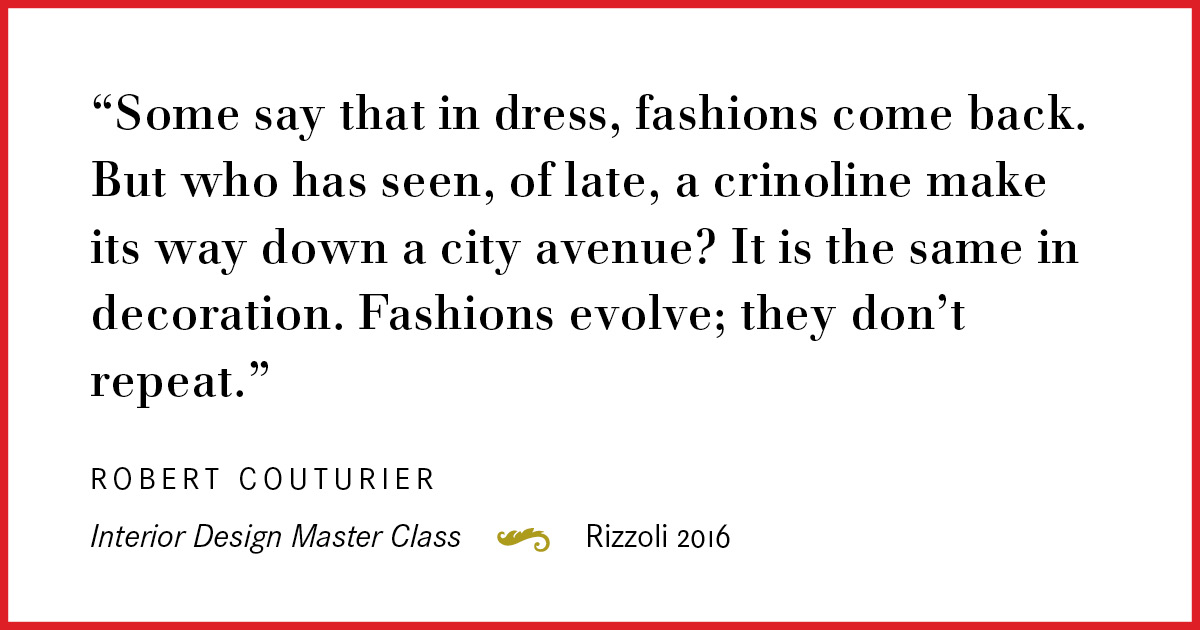
Tag: interior design quotes
Ellie Cullman: On Japonisme

Matthew Patrick Smyth: On Travel
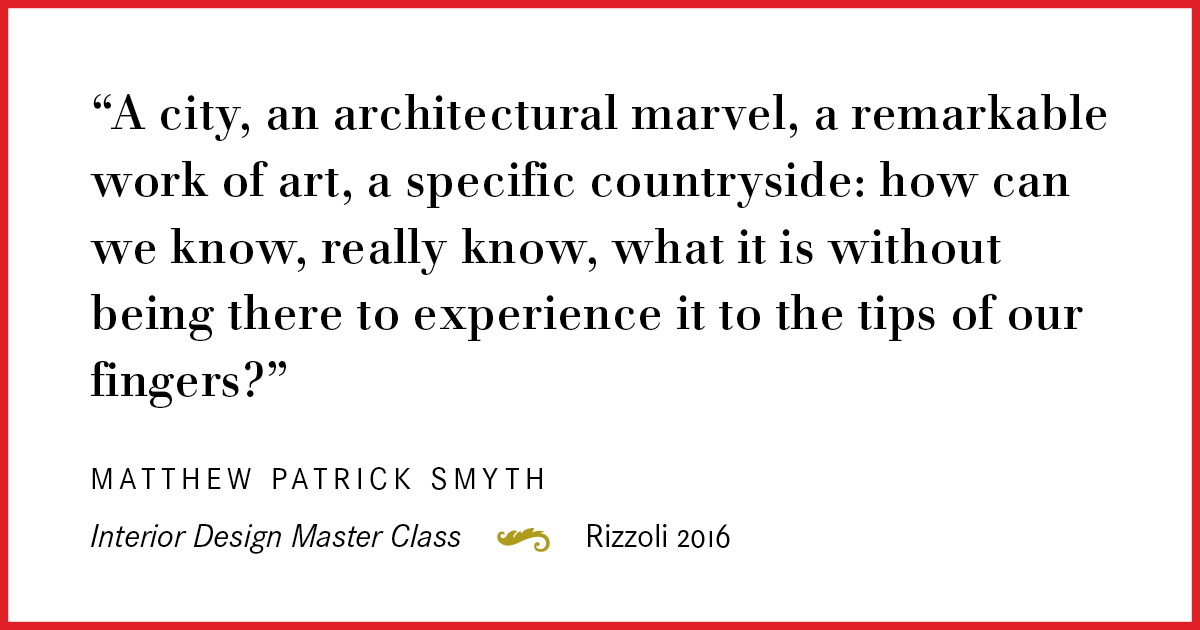
Jeffrey Bilhuber: On American Design
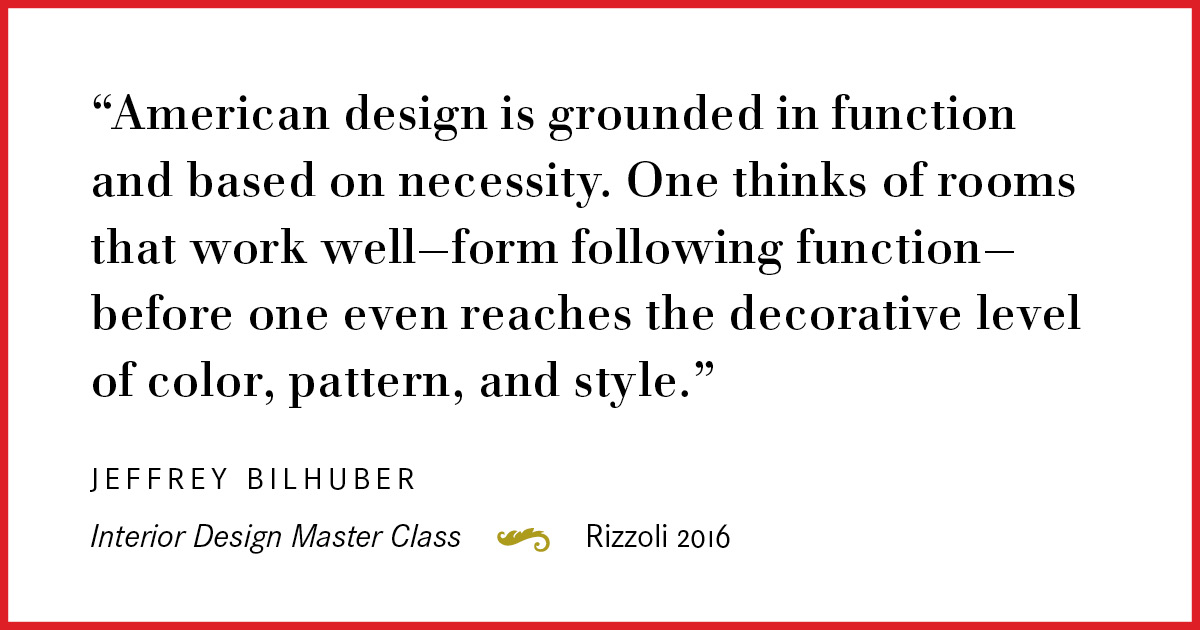
Jiun Ho: On Travel
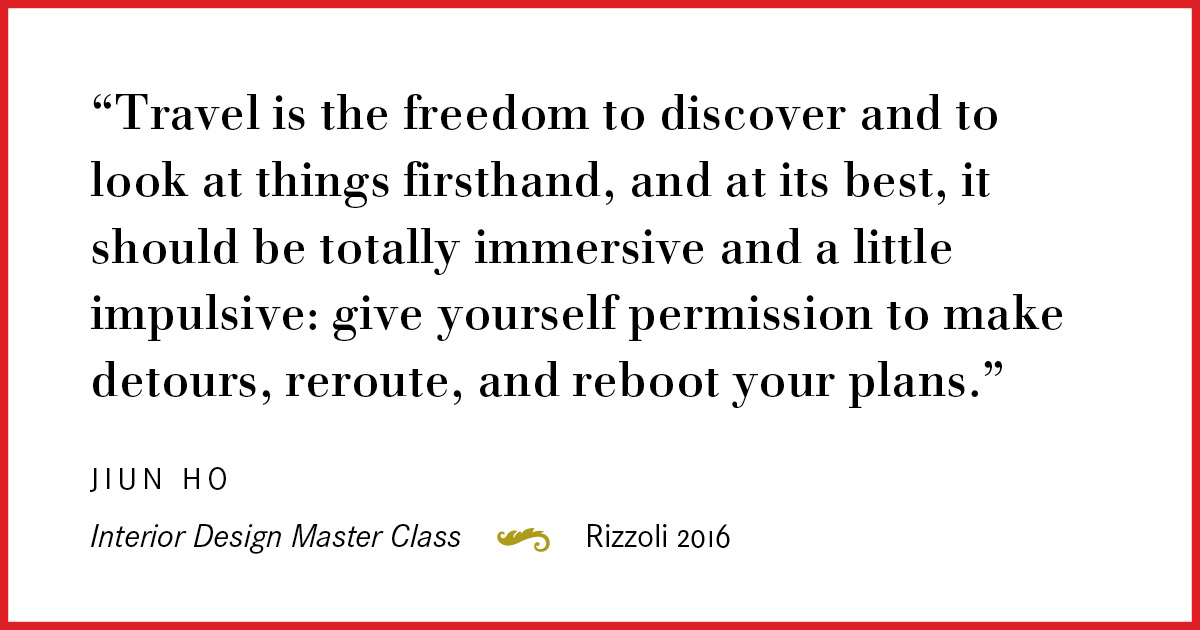
Timothy Corrigan: On Welcoming Spaces
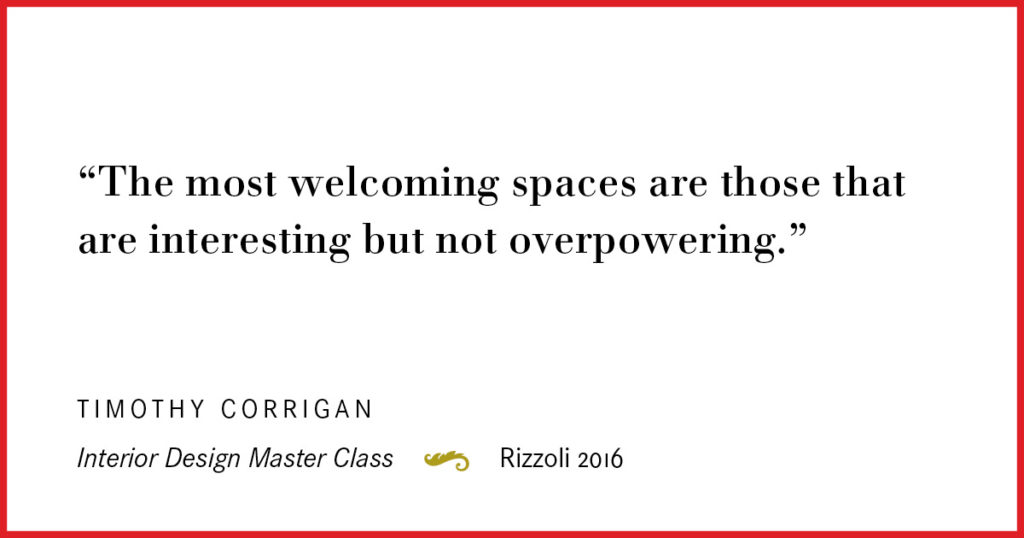
“First, you have to be sensitive to the psychology of the room. Color plays a huge role in the emotions that are evoked in the space: use color to maximize intended emotions for the area. The furniture plan and flow are also important; not enough furniture— or too much—can kill a room’s mood. Getting the proportions of the furnishings right is also essential. For example, low furniture in a room with tall ceilings can make its occupants feel diminished and unimportant.
Next, pay attention to comfort. We’ve all seen beautifully designed chairs that feel like torture devices when one sits down. When it comes to seating, ergonomics and comfort should come first. Getting scale right is also important; you don’t want the chair to be under- or overscaled. If you want statement pieces in a room, choose something other than seating.
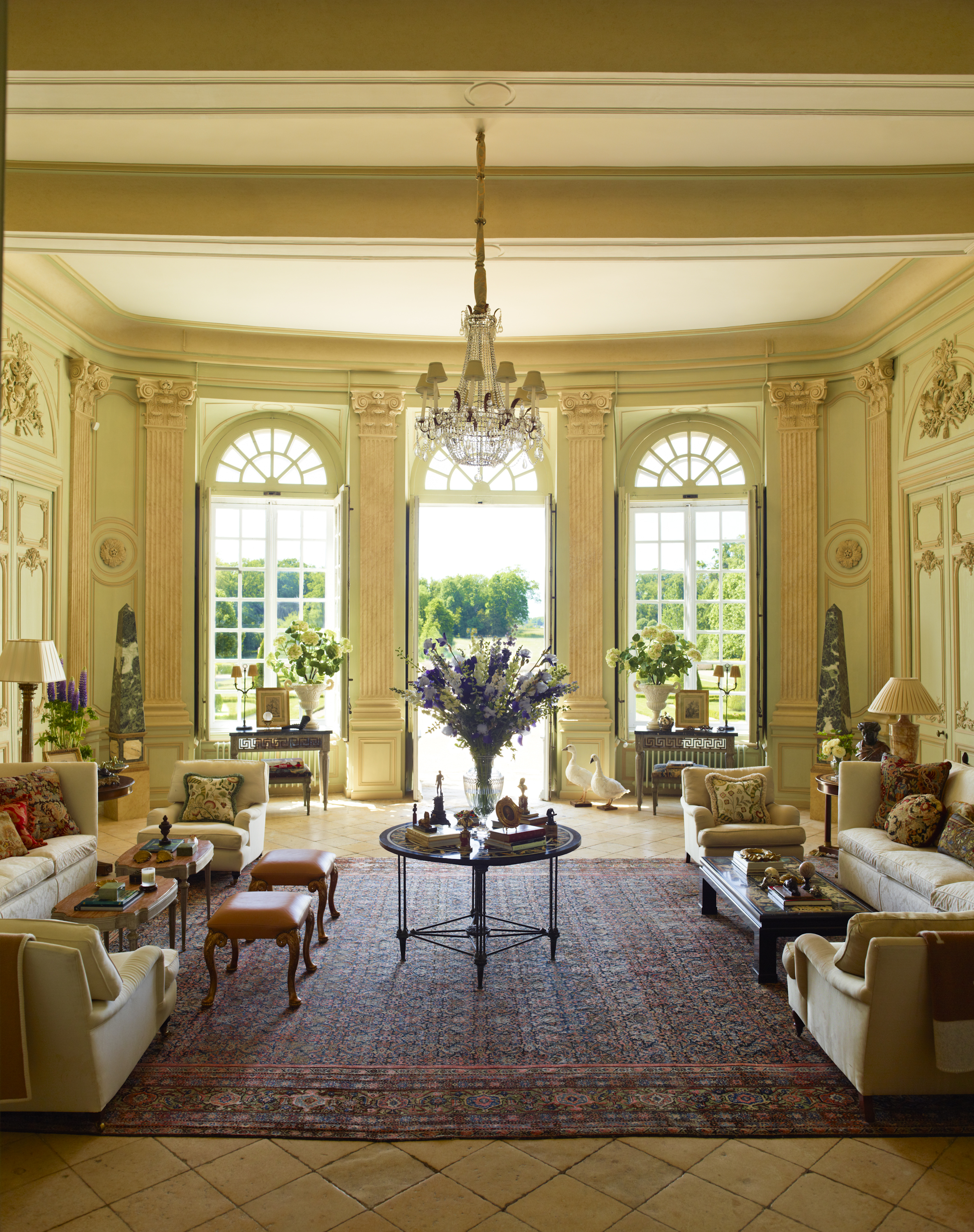
“Then, consider practicality. Who wants to worry about the inevitable spilled glass of red wine or water ring on the antique side table? One of the most important aspects of a welcoming space is that it has been designed to really work for the way that you live. Today, with so many terrific options in terms of high-performance fabrics, you don’t have to squirm at the smallest accident.
Using marine varnish on even the finest of antiques takes the worry out of every glass or coffee cup that gets set down on a table.”